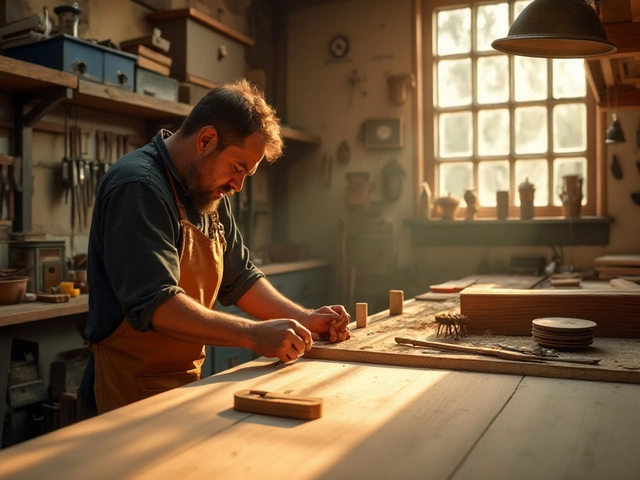Patio Furniture Maintenance: How to Keep Your Outdoor Pieces Lasting Years
When you invest in patio furniture, outdoor seating designed to withstand sun, rain, and seasonal changes. Also known as garden furniture, it’s meant to be tough—but it won’t last if you ignore basic care. Most people think their aluminum, wicker, or recycled plastic pieces are "maintenance-free," but that’s a myth. Left untreated, UV rays fade colors, moisture breeds mold, a stubborn fungus that grows on damp surfaces like wood, fabric, and even plastic, and temperature swings crack frames. You don’t need fancy tools or expensive cleaners. Just consistent, simple steps.
What you clean matters as much as how you clean it. HDPE lumber furniture, like POLYWOOD or Trex, resists rot but still collects dirt and algae. A quick scrub with mild soap and water every few months keeps it looking new. For fabric cushions, remove covers and wash them separately—never leave them wet. Wooden pieces need oil or sealant annually to stop moisture from seeping in. And if you spot mold, a black or green stain that smells musty, don’t just wipe it. Use hydrogen peroxide or vinegar—bleach won’t kill the roots and can damage materials. Covering furniture during winter or heavy storms cuts down on wear by 70%. Even a simple tarp makes a difference.
There’s no magic formula, just habits. Clean after storms. Store cushions indoors. Check joints and screws yearly. These aren’t chores—they’re shortcuts to saving money. Replacing a faded sofa or cracked chair costs more than a bottle of cleaner and an hour of your time. The posts below show exactly how real people handle this—from DIY mold killers that actually work, to which materials hold up best in UK weather, and what to avoid when storing furniture for months. You’ll find practical fixes, brand comparisons, and proven methods that work without hype.



